What are fibroids?
Fibroids are benign tumors that grow in and on the uterus. Fibroids are the reason for a third of the hysterectomies performed in the US. Fibroids can range in size from microscopic to the size of a full-term baby. “An estimated 40% to 60% of women have fibroids by age 35. Up to 80% of women have them by age 50.” Source
Underlying factors that may contribute to uterine fibroids include:
- The use of mifepristone in abortion associated with an increased risk of uterine leiomyomas. leiomyomas
- Some studies also suggest misplaced cells before birth can cause fibroids.
- According to Chinese Medicine, stagnant energy and blood stasis can contribute to fibroid formation.
- Postmenopausal estrogen and progestogen therapy and the risk of uterine leiomyomas.
- In the article, Tampons with Glyphosate: Underpinnings of Modern Period Problems? Chandler Marrs MS, MA, Ph.D. writes, “With regard to women’s health, there is a growing body of evidence linking low vitamin A synthesis and activity within leiomyomas – fibroid tumors and in endometriosis cells. There is also evidence that chronic low-level exposures to glyphosate initiate fibroid tissue growth in rodents.”
- African American women have higher incidences of fibroids. “Over their lifetime, about 80 percent of black women and 70 percent of white women will develop fibroids.” source
In the textbook, Botanical Medicine for Women’s Health, Dr. Aviva Romm, MD states other factors that may increase fibroid development include:
- Increased lifetime estrogen exposure due to early age at menarche, fewer pregnancies, increased follicular phase, or obesity.
- Poor enterohepatic estrogen clearance
- Hypertension
- Pelvic Inflammatory disease
- IUD use with infectious complications
- perineal talc use
“Use of oral contraceptives is not associated with any changes in fibroid size, and may even be protective; however, one study reported a slight increase in risk with history of OC use beginning in the early teenage years.” Dr. Aviva Romm, MD. She sites studies 2-4 at the end of this article.
- uterine restrictions leading to the process of mechanotransduction, The Extracellular Matrix Contributes to Mechanotransduction in Uterine Fibroids This study looks at mechanotransduction of extracellular matrix. ECM stiffness has a direct effect on fibroid formation and growth…ECM stiffness is generated by the hyperproduction of collagen. “Fibrosis is initiated by many triggers which injure a cell, such as extravasation of blood into tissues, oxidative stress, infection, and chronic inflammation.”
My thoughts: Since shifted immobile organs (decreased mobility and motility) can lead to those very things and our poor structural alignment can contribute to pelvic congestion and displaced uteri, I’m wondering if it’s safe to say: Poor musculoskeletal alignment could also lead to stiffness in the ECM, leading to fibroids?
“the process of cellular mechanotransduction might be more a phenomenon of structural hierarchies and biological architecture than the action of any single mechanotransduction molecule” Read the full article here: Cellular mechanotransduction: putting all the pieces together again
The following information is for educational purposes only. Keep in mind that what works for some may not work for others. Physiology is not physics. Unfortunately, we can’t plug in a single formula that will work for everyone. We are complex beings. Also, treatment options depend on your constitution, the size, type, and location of the fibroid. Please work with a qualified practitioner to figure out your unique treatment plan.
Risk reduction and treatments:
- Achieve a healthy body weight. Fat cells produce excess estrogen. Fibroids are usually estrogen dominant.
- Avoid endocrine disrupters as best as you can (plastics, pesticides, chemical cleaning products, perfumes, etc.). There is probably no way we can avoid all endocrine disrupters, much of it is out of our control, but there are definitely ways we can reduce exposure. Download the handy Dirty Dozen Guide by the Environmental Working Group.
- Avoid dairy, sugar, and anything that raises your blood sugar above optimal limits (bread, pasta, processed foods). Include lots of leafy greens and citrus into your diet, 8-10 servings of vegetables and fruit is ideal.
- Avoid alcohol, especially beer since it’s related to fibroid growth.
- Supplement as needed with vitamin D, typically 2000 IU daily, but get your levels checked by your health care provider. The ideal range for Vitamin D is between 50-80 ng/dl. Vitamin C, zinc, and selenium may also require supplementation (consult with a healthcare practitioner before supplementing). Vitamin A can be helpful in reducing heavy bleeding and fibroid size when taken in through food sources such as eggs, fish, red, orange, yellow, and green vegetables. Getting these nutrients through food is always best. Treat anemia as necessary.
- Abdominal Massage. I can’t say if abdominal massage therapy will help in your particular case. Through my training in Arvigo® therapy and in Chi Nei Tsang, I learned that abdominal massage combined with herbal and dietary support could be helpful with reducing and even eliminating fibroids that are under 5cm in size.
However, my intuition and reasoning tell me that the increased flow from uterine massage and heat therapies may not be appropriate in all cases, especially with heavy menstrual bleeding or with fibroids that are well established with a strong blood supply. Whether a treatment works or not can be very individualized based on so many factors. So, if you try abdominal massage, tune into what your body is saying.
However, Visceral Manipulation, or massage for other organs, especially the intestines and liver, for proper hormonal clearance and energy flow can be very helpful in most cases. I always believe there is a chi stagnation component with fibroids, so massage, Chi Nei Tsang, and/or some other form of energy work can be helpful whether it’s directly over the uterus or other areas of the body. It’s all connected, energy flows from one area to the next and blockages can be found upstream. - Castor oil packs: typically five days a week and two days off. This too is anecdotal. I believe it may help with smaller fibroids and/or prevention. Ultimately you have to listen to your body. What works for some may not work for others.
- Get your pelvis in alignment. The Healthy Pelvis download or DVD is a good place to start, but I also recommend seeing a Nutritious Movement™ Restorative Exercise Specialist for individual help. Pelvic position influences the uterine position and blood flow throughout the pelvis. This theory plays into overall uterine health and reduction of mechanotransduction influences. I also cover pelvic alignment in my Womb Care online course.
- Dr. Tori Hudson wrote about these three supplements for fibroid reduction, green tea extract, black cohosh, and Crinum latifolium. Read An Overview of Uterine Fibroids to find out about specifics. Please consult your doctor before supplementing.
- prevention by increasing pelvic circulation through walking, hip circles, belly dancing. Both Western and Chinese Traditional Medicine see fibroids as a symptom of stasis in the pelvis.
- See a Chinese medicine practitioner for acupuncture and personalized herbal formula.
- For heavy menstrual flow visit my Heavy Menses article here.
- According to Chinese medicine fibroids are a condition of blood stasis and cold in the womb. Using Moxa introduces heat and improves blood circulation through the pelvis. But again, whether heat therapy is right for you depends on your unique situation! It depends on the type and size of the fibroid as well as the amount of blood supply to the fibroid. In my opinion, bringing more heat and circulation to the area can increase menstrual flow or “feed” the fibroid in some cases. Below are typical points used in moxa for reproductive health. An experienced acupuncturist should be able to teach you how to use moxa at home if they determine it’s right for you.
- Dietary: Avoid foods laden with xeno-estrogens. Eat organic when you can.
- Balance the Liver. The liver processes all hormones in the body. See an acupuncturist, Naturopath, and/or a Functional Nutritionist for help.
-
Develop an outlet for creative energy-“Caroline Myss teaches that fibroid tumors represent the creativity that has never been birthed, including “fantasy” images of ourselves that have never seen the light of day and creative secrets of our other “selves.” Fibroids also result when we are flowing life energy into dead ends, such as jobs or relationships that we have outgrown.” -From the book Women’s Bodies, Women’s Wisdom: Creating Physical and Emotional Health and Healing
by Dr. Christiane Northrup.
- Acessa is a minimally invasive, uterine-sparing solution for women with symptomatic fibroids. Myomectomy (surgical removal of fibroid) also leaves the uterus in place. If you are considering ablation for heavy menses please read Women Burned by Quick Fix for Heavy Periods first. Be informed!
-
Sometimes having a fibroid surgically removed (myomectomy) is the best option. If you decide to have your fibroid removed surgically, know that it can be like pulling weeds, they can grow back if there is an underlying root cause that needs to be addressed. Before you start down the herbal, dietary, massage, or surgical path please watch this video. Dr. Northrup talks about the mind-body connection and healing the pattern that caused her migraines and fibroid. She doesn’t talk about her fibroid until about the 10:40 mark, but I recommend watching the whole interview to truly understand the emotional and energetic patterns that can create dis-ease.
Resources:
2. Role, epidemiology, and natural history of benign uterine mass lesions. Clin Obstet Gynecol 48(2):312-324, 2005
3.SperoffL, Glass R, Kase G: Clinical Gynecologic Endocrinology and Infertility, Baltimore, Lippincott Williams & Wikins, 1999
4. Girmin A, Lee R, Klinger B: An integrative medicine approach to premenstrual syndrome, AM J Obstet Gynecol 188(5):56-65, 2003.

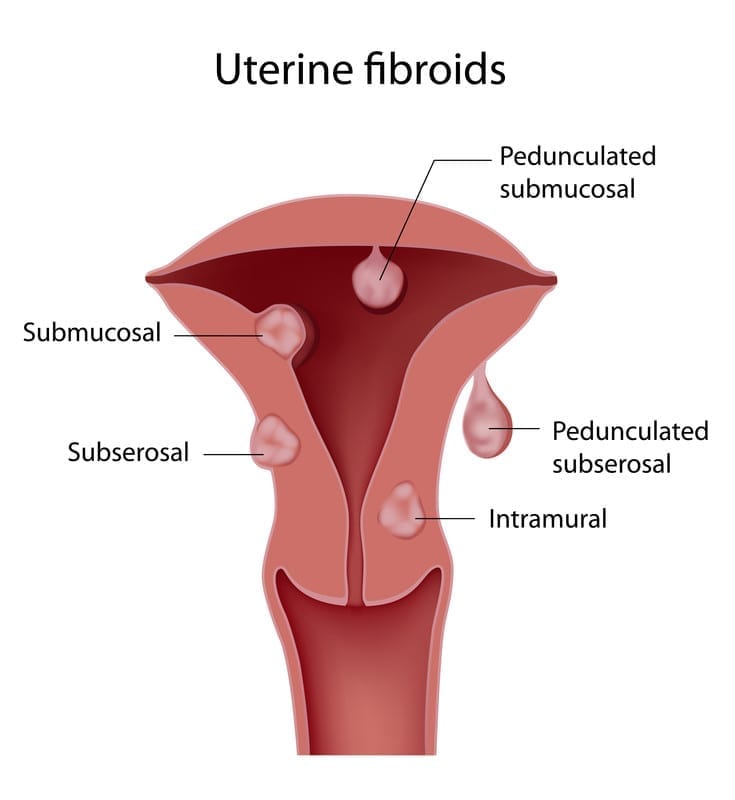
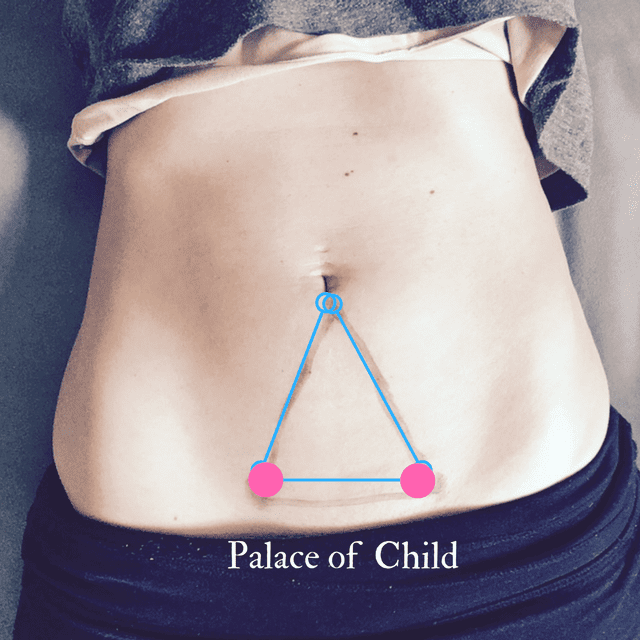
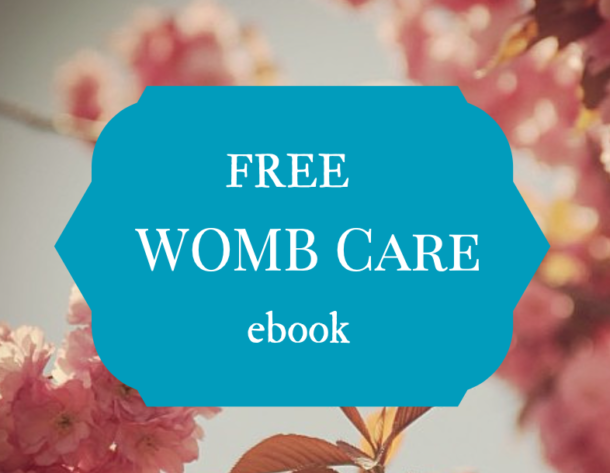



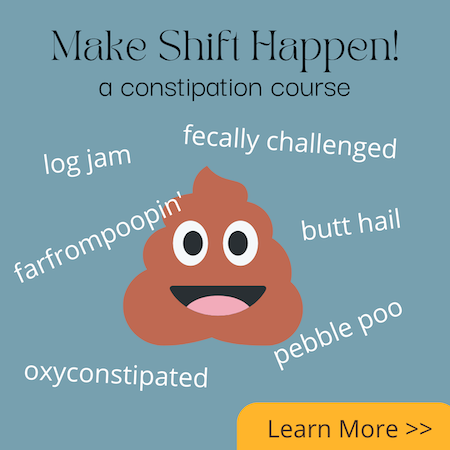

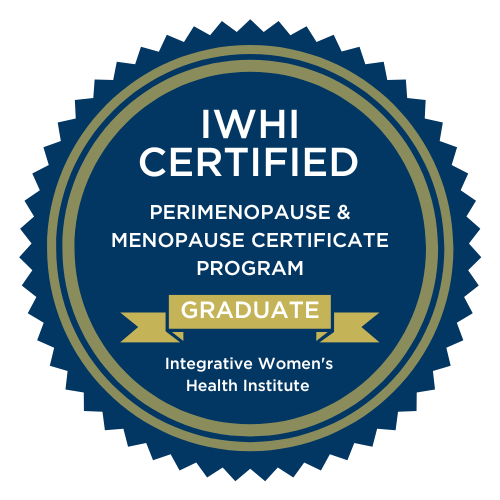
Hello, I am an Arvigo Practitioner and one of my clients is in need of Hortense’s formula ASAP. Would you possibly have this that I could buy? As you know, the herbs take at least 6 weeks to make into a tincture and she does not have that kind of time.
I’m sorry, I don’t sell the tinctures. Have you looked on the Arvigo® website for practitioners who sell it?